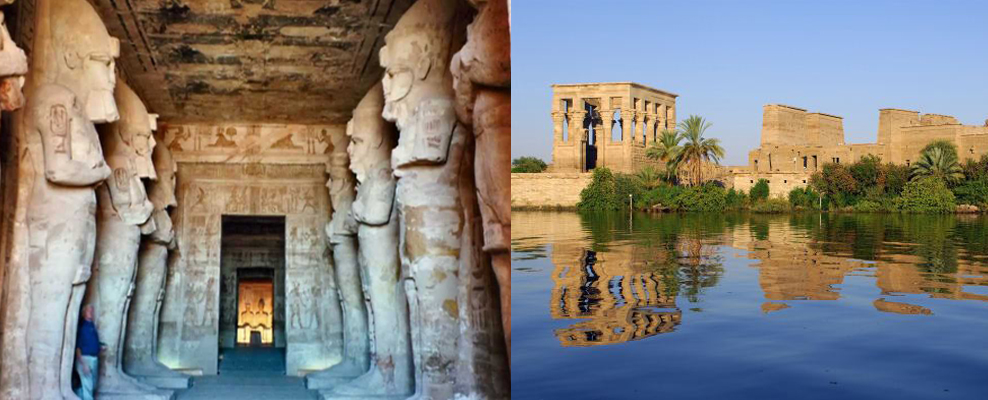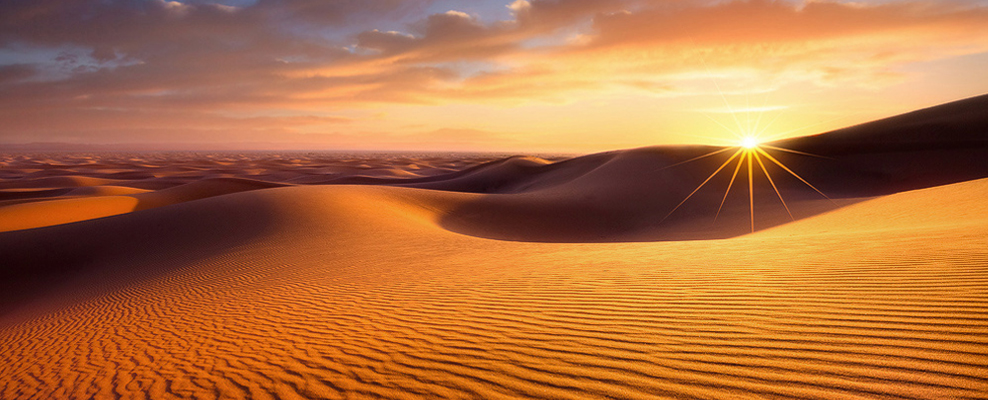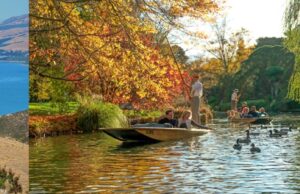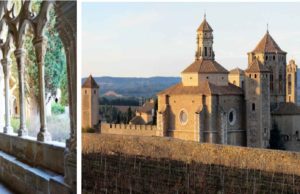
WoT's Hot
It was a strange sight indeed! I have traveled a lot, but never in my life have I seen tourists moving towards waiting coaches, with pillows under their arms. Yes, PILLOWS! Naturally. The time by our watches was 3 a.m., and we had all been out of our beds before 2 a.m.! It was pitch dark outside and scores of bleary-eyed, half-asleep men and women, armed with pillows, poured out of cruise boats that had docked on the banks of the Nile and boarded their coaches for reaching the next destination; the nearest bus station.
We were told that it was all for our safety, since a lone bus could attract attention of robbers in the desert. At approximately 4 a.m. these vehicles began to move one after the other, as if in an imaginary single line, heading for the Abu Simbel temples in Nubia on the Sudanese border. A 4-hour long drive was ahead, right through the Western Desert part of Egypt and that too without any washroom breaks in between!
If one is able to do the near-impossible task of keeping one’s eyes open, Nature, in return, presents him / her with a unique gift − a glorious sunrise! I saw it. First, a reddish tinge appeared in the distant horizon which slowly expanded with each second, till the sun magically appeared as a round, red ball. One has to experience this first hand − it is something that cannot be described in plain words and can easily be considered the highlight of this otherwise monotonous bus journey through nothingness.
A drive through miles and miles of sand with not a sign of green can dampen a tourist’s spirits but Nature can never be so unkind. Hence, just as we entered the town limits of Abu Simbel the landscape changed dramatically. I could only rub my eyes in disbelief when I saw greenery all around and streets lined with trees. It was no mirage but perhaps a small oasis in the midst of the great Sahara desert situated right beside Lake Naseer, one of the world’s largest man-made lakes.

The Guide’s voice woke up all the sleepers. We had to get down and walk towards the temples of Abu Simbel, one of the main attractions in Egypt. I was tired no doubt but sure that the return journey would after all give me the opportunity to close my eyes for some well-deserved sleep!
The four hour-long journey through stretches of undulating brown sand, was really worth it. For, at the end of it all was an Egyptian marvel −ABU SIMBEL with the giant statues of Ramesses II and his wife Nefertari at the gate, as if waiting expectantly to narrate their own tale.
After reaching the spot, we were ushered into a welcome area where our Guide gave us an overview of the place and its rich history. A small replica of the historical site with both the temples was on display. But, all this was just an appetizer. The main course was a thousand times bigger and more sumptuous!!
Post the briefing session, we walked down to the main site. As we were informed, Ramesses II had these made these to commemorate his victory at the Battle of Kadesh. This is one place where one gets to appreciate incredible human capability. I was just amazed to see the engineering as well as artistic skills of the people of those bygone days.
Abu Simbel is a pair of huge, rock temples, carved out of a mountain side. These priceless artifacts lay buried in the sand for ages together. It is said that they were discovered with the help of a local boy called “Abu Simbel” who guided the archeologists to the said spot, since he had seen the structures now and then due to the shifting sands. It is after him that this UNESCO World Heritage Site has been named. In 1967, the temples were moved from their original location due to the rising waters of the Nile.

And then we reached the larger temple and, I was left standing with my mouth wide open. A set of four, three thousand year-old colossal statues of the great Pharaoh himself greet tourists at the very door of this gigantic temple. Everything here has been hewn from solid rocks and the alignment is so perfect that twice every year, the sun’s rays reach the inner most sanctuary in order to illuminate the statues of Amun Ra & and Ramesses II. Seeing is believing here for, photography inside the temple is strictly prohibited…what a pity!
The smaller temple, dedicated to Queen Nefertari and to the Goddess Hathor, lies to the east of its bigger counterpart. Comprising two sets of three colossi, this temple is one of the few where the statues of the king and the queen are roughly of the same size, perhaps hailing gender equality. The rich hieroglyphics and drawings on the inner walls seem to whisper about the glorious past and the scarabs etched on the walls send a chill down the spine and transport one momentarily back to the reign of the Pharaohs.
Two thoughts will definitely cross the mind of any tourist coming to this place. He will wonder at the architectural skill of all those who were able to build such a magnificent structure and will also realize the power of time which successfully preserved such behemoths under heaps of sand through centuries.
The Guide’s call after about two hours was the signal that it was time to say good bye to Abu Simbel and begin a monotonous journey back to our boats on the Nile. The AC was keeping our bus nice and cool, some were using their Ipads, others their mobile phones − it was the twenty-first century after all. But I could not forget all those men who had toiled tirelessly and shaped Abu Simbel with neither machines nor technology at their disposal.
It was a strange sight indeed! I have traveled a lot, but never in my life have I seen tourists moving towards waiting coaches, with pillows under their arms. Yes, PILLOWS! Naturally. The time by our watches was 3 a.m., and we had all been out of our beds before 2 a.m.! It was pitch dark outside and scores of bleary-
What to read next
Featured articles

Welcome Festive Season in Glam, Latin Quarters Launches new #PujoBling Collection with Monami Ghosh
by WOT













































